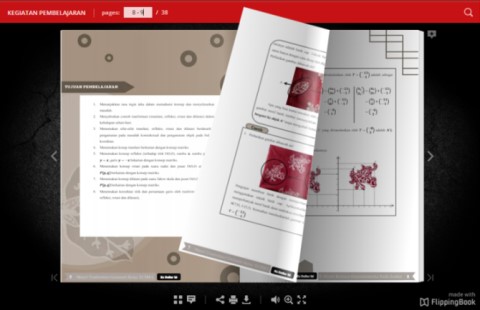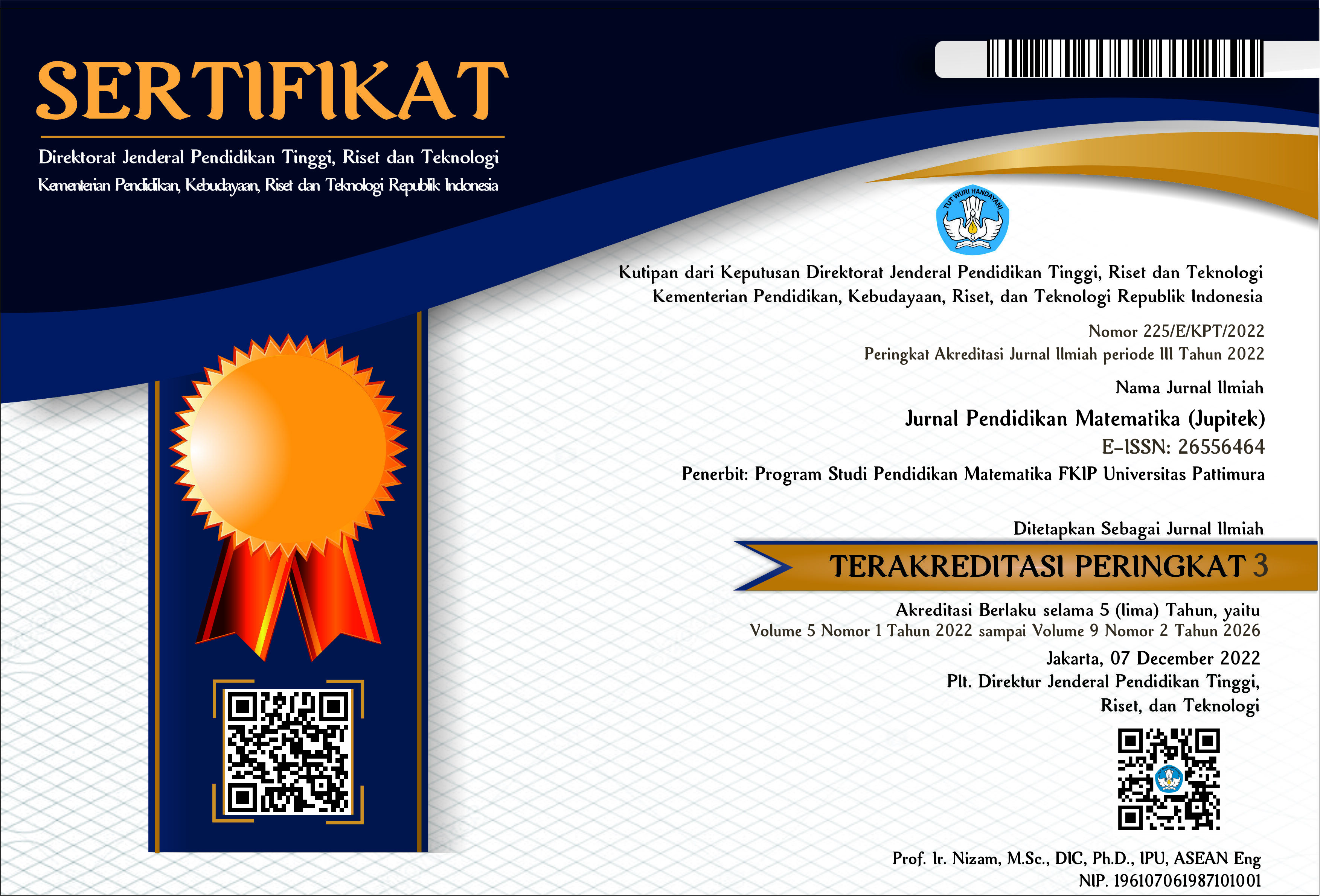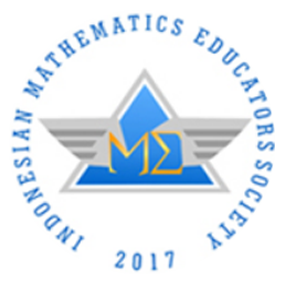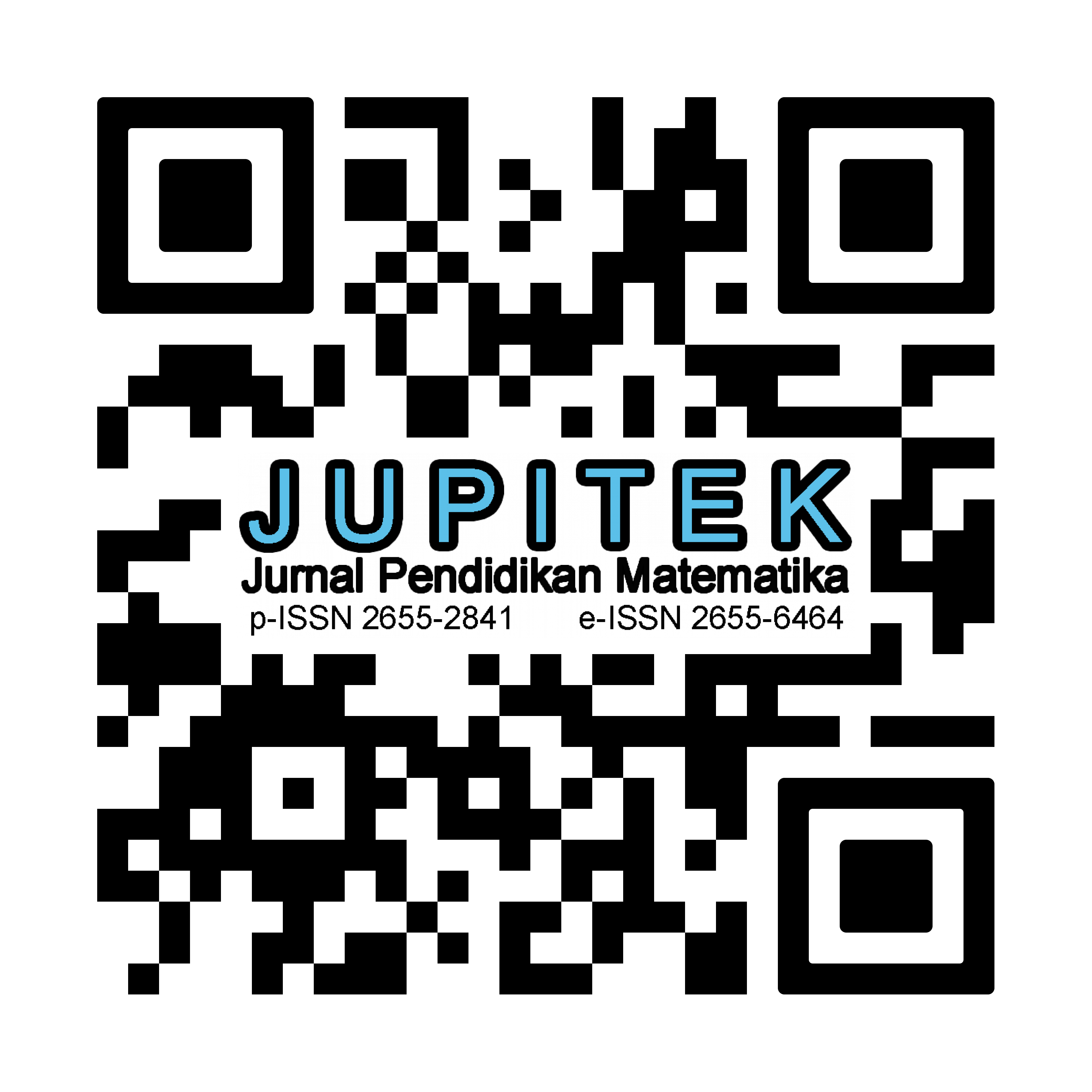USING ETHNOMATHEMATICS FROM BATIK JEMBER TO CREATE ELECTRONIC MODULES
Abstract
The purpose of this study was to determine the process and results of developing an ethnomathematics-based e-module on Jember batik motifs for high school students. The type of research used is Research and Development (R&D) with the research model used is the ADDIE research and development model (Analyze, Design, Development, Implementation, Evaluation). Data collection instruments in the form of validation sheets, student response questionnaire sheets and question sheets. The trial subjects in this study were limited to 6 students in class XI IPA at SMA Negeri Pakusari, while for the large scale trial, the remaining limited scale trials were from students in class XI IPA at SMA Negeri Pakusari. The data analysis techniques used are product validity analysis, practicality analysis, and effectiveness analysis. Based on the results of the analysis, it is found that the ethnomathematics-based e-module on Jember batik motifs for high school students has met three categories of product quality assessment, namely validity, effectiveness, and practicality and can be declared successful or feasible to use. Thus, the product can be useful as a learning resource and to facilitate students in learning mathematics and culture
Downloads
References
Abi, Alfonsa M. (2016). Integrasi Etnomatematika dalam Kurikulum Matematika Sekolah. Jurnal Pendidikan Matematika Indonesia, 1(1): 1-6
Afriliziana, L.A, Maimunah, M., Roza, Y. (2021). Analisis Kebutuhan Pengembangan E-Modul Etnomatematika Berbasis Budaya Melayu Kepulauan Riau. Jurnal Analisa, 7 (2): 135-145.
Akbar, S. (2013). Instrumen Perangkat Pembelajaran. Bandung: PT Remaja Rosdakarya.
Branch, R.M. (2009). Instructional Design: The ADDIE Approach. New York: Springer.
Fadila, Abi. (2017). Penerapan Geometri Transformasi pada Motif Batik Lampung. Prosiding Seminar Nasional Pendidikan “Membangun Generasi Berpendidikan dan Religius Menuju Indonesia Berkemajuan”. 365-370.
Hartindya. (2019). Etnomatematika pada Motif Batik Jember Sebagai Bahan Pembelajaran Geometri Siswa. Skripsi. Universitas Jember.
Hobri. (2010). Metode Penelitian Pengembangan (Aplikasi pada Penelitian Matematika). Jember: Pena Salsabila.
Ira, Agnes. (2011). Eksotisme Batik Jember. Jember: Penerbit Buku Utama.
Khofifah, L; Sugiarti, T; Setiawan, T. B. (2018). Etnomatematika Karya Seni Batik Khas Suku Osing Banyuwangi sebagai Bahan Lembar Kerja Siswa Materi Geometri Transformasi. Kadikma. 9(3): 148-159.
Nur, A.S et al. (2020). Contextual learning with Ethnomathematics in enhancing the problem solving based on thinking levels. Jurnal of Research and Advances in Mathematics Education, 5(3): 331-344.
Normina. (2017). Pendidikan dalam Kebudayaan. Ittihad Jurnal Kopertais Wilayah XI Kaliamantan, 15(28): 17-28.
Rosa, M. & Orey, D.C. (2011). Ethnomathematics: the cultural of mathematics. Revista Latinoamericana de Etnomatemática, 4(2): 32-54.
Sintiya, M.W; Astuti, E.P; Purwoko, R.Y. (2021). Pengembangan E-modul Berbasis Etnomatematika Motif Batik Adi Purwo untuk Siswa SMP. Jurnal Pendidikan Matematika Raflesia, 6 (1): 1-15.
Ulum, B; Budiarto, M.T; Ekawati, R. (2017). Etnomatematika Pasuruan: Eksplorasi Geometri untuk Sekolah Dasar pada Motif Batik Pasedahan Suropati. Prosiding Si Manis (Seminar Nasional Integrasi Matematika dan Nilai Islami), 1(1):70-78.
Utami, R.E; Nugroho, A.A; Dwijayanti, I; Sukarno, A. (2018). Pengembangan E-modul Berbasis Kemampuan Pemecahan Masalah. JNPM (Jurnal Nasional Pendidikan Mate matika, 2 (2): 268-283.
Wahyuni, A; Tias, A.A.W; Sani, B. (2013). Peran Etnomatematika dalam Membangun Karakter Bangsa. Prosiding Seminar Nasional Matematika dan Pendidikan Matematika “Penguatan Peran Matematika dan Pendidikan Matematika untuk Indonesia yang Lebih Baik”. Yogyakarta: 9 November 2013. 114-118.
Widoyoko, S.E.P. (2009). Evaluasi Program Pembelajaran. Yogyakarta: Pustaka Pelajar.

Copyright (c) 2022 Bella Bunda Milenia, Christine Wulandari Suryaningrum, Rohmad Wahid Rhomdani

This work is licensed under a Creative Commons Attribution-NonCommercial-ShareAlike 4.0 International License.
License and Copyright Agreement
By submitting a manuscript to Jurnal Pendidikan Matematika (JUPITEK), the author(s) certify and agree to the following terms:
- Originality and Authority: The submitting author is authorized by all co-authors to enter into this agreement. The manuscript describes original work that has not been published previously in a peer-reviewed journal, nor is it under consideration for publication elsewhere.
- Approval: Its publication has been approved by all author(s) and by the responsible authorities of the institutions where the work was carried out.
- Rights: The authors secure the right to reproduce any material that has already been published or copyrighted elsewhere.
- Licensing and Copyright: Authors retain the copyright to their work.
- License Grant: The authors grant Jurnal Pendidikan Matematika (JUPITEK) the right of first publication, with the work simultaneously licensed under the Creative Commons Attribution-NonCommercial-ShareAlike 4.0 International (CC BY-NC-SA 4.0).
- Self-Archiving: Authors are permitted and encouraged to deposit the published version of their article in institutional repositories, on their personal websites, and other academic platforms, with proper acknowledgment of its initial publication in Jurnal Pendidikan Matematika (JUPITEK).





.png)


